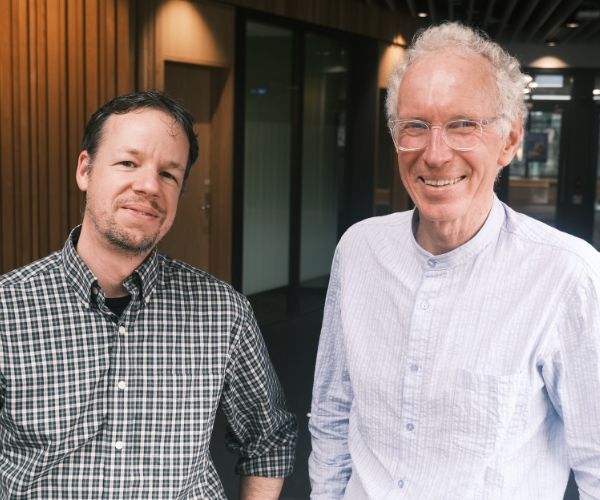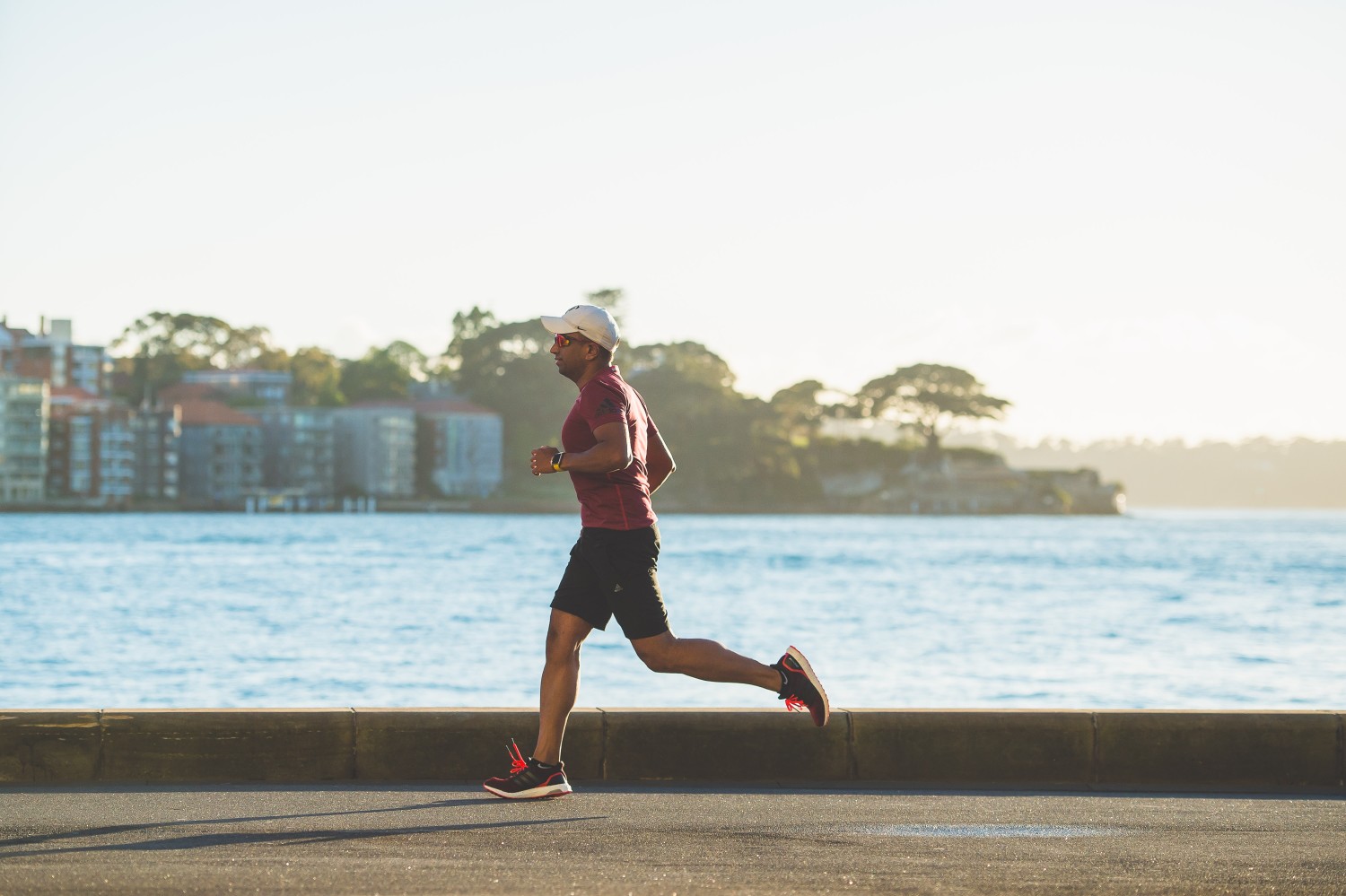Driving to work, driving to supermarkets, driving to big-box stores and parking there for free – a lot of Kiwis have trouble imagining life any other way. But in a historic sense, life in New Zealand hasn’t been like this for all that long.
Professor Alistair Woodward and Senior Lecturer Timothy Welch come from different backgrounds but their interests converge when it comes to dealing with the biggest problem facing the planet: the climate crisis.
Woodward started out as a doctor. The desire to prevent his patients’ health problems before they started got him into population health and environmental health. For more than 20 years, he has been working with the Intergovernmental Panel on Climate Change on the effects of climate change on health.
Welch trained as a lawyer before getting into urban planning, then climate policy. Both researchers want to shape the urban environment to get people using active transportation more and cars and planes less.

